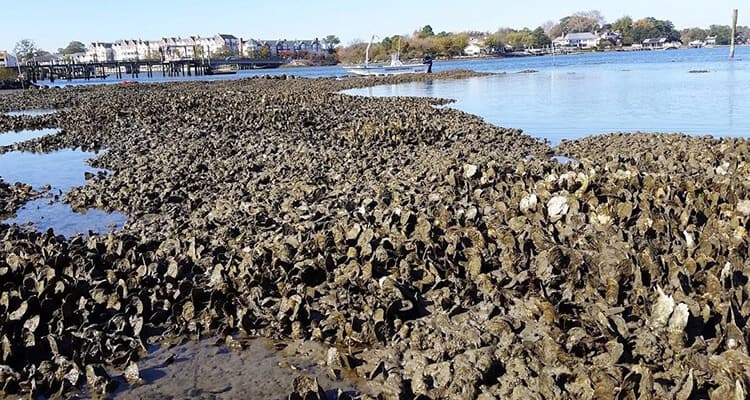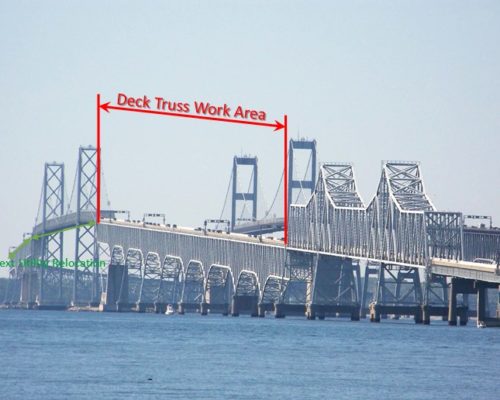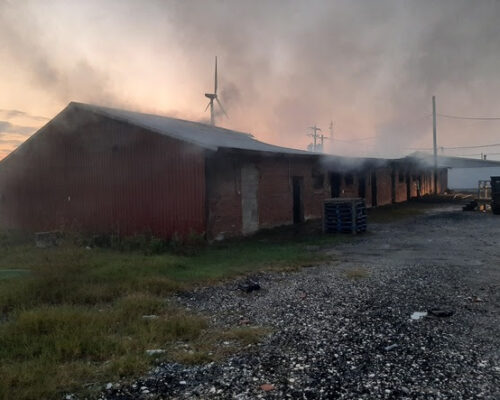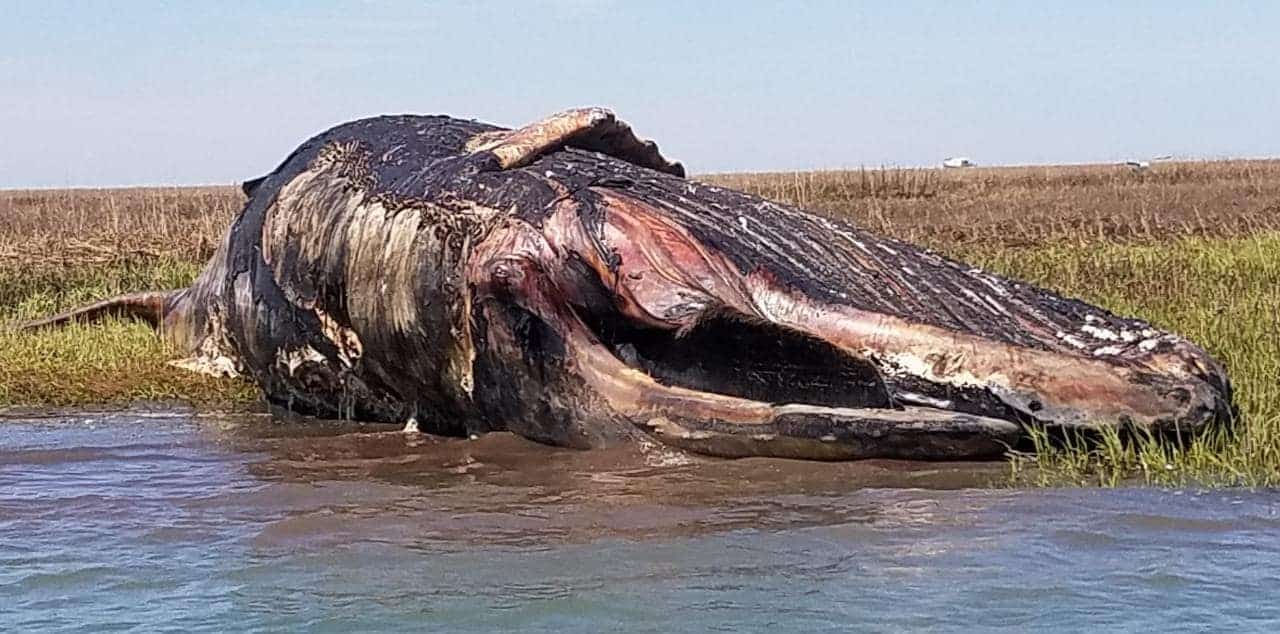If it sounds ambitious to plant 10 billion new oysters in the Chesapeake Bay in seven years, it is. But a group of 20 Bay heavyweights announced Monday their plan to do just that.
The partnership is made up of non-profits, businesses, and educational institutions. The goal is to pick up on the momentum of oyster restoration efforts in recent years, so that 10 million are added by 2025. This goes hand in hand with the commitments Maryland and Virginia made to restore oyster populations in ten tributaries by 2025. State and federal agencies like NOAA, the Army Corps of Engineers, Maryland Department of Natural Resources, and the Virginia Marine Resources Commission have all been working on that commitment.
Experts say the ability of oysters to clean up the water is indisputable:
“Scientists have been doing research on oysters in the Chesapeake for almost 150 years. The evidence continues to grow about the importance of abundant oyster populations for water quality, biological productivity and diversity, shoreline integrity and the resilience of this great ecosystem,” said Don Boesch, University of Maryland Center for Environmental Science Professor and President Emeritus.
The Chesapeake 10 Billion Oyster Partnership has targeted three top priorities in the new effort: to ensure funding for restoration, use science-based management that ensures a sustainable oyster harvest, and expand oyster aquaculture industries. The partnership says that will create jobs to help local economies.
“As a waterman and oyster farming entrepreneur, I’ve witnessed the power and potential for aquaculture to transform a disappearing economy into a thriving industry that will play a substantial role in achieving our 10 Billion goal,” said Johnny Shockley, a founding partner of
Hoopers Island Oyster Co.
And farmed oysters can provide the same water-filtering benefits as wild oysters, while they spend time in the Bay growing to market size.
National partners include Restore America’s Estuaries, Building Conservation Trust, and the National Aquarium.
In Maryland the partnership includes CBF, Coastal Conservation Association Maryland, UMCES, the Downtown Sailing Center, Friends of St. Clements Bay, Friends of the Wicomico River, Harris Creek Oyster Company, Hoopers Island Oyster Company, Lighthouse Point Marina, the Living Classrooms Foundation, Mudgies Oyster Farm, Orchard Point Oyster Company, the South River Federation, The Great Baltimore Oyster Partnership, the University of Maryland Extension, War Horse Cities, Washington College, ShoreRivers, Severn River Association, Smithsonian Environmental Research Center and the West-Rhode Riverkeeper.
In Virginia, the partnership includes Chessie Seafood, the Elizabeth River Project, Lynnhaven River NOW, Pleasure House Oysters, and Virginia Wesleyan University.
Scientific advisers to the partnership include the University of Maryland Center for Environmental Science, the Smithsonian Environmental Research Center, and the Virginia Institute of Marine Science.
For more information on the Ten Billion Oysters Partnership, click here.




